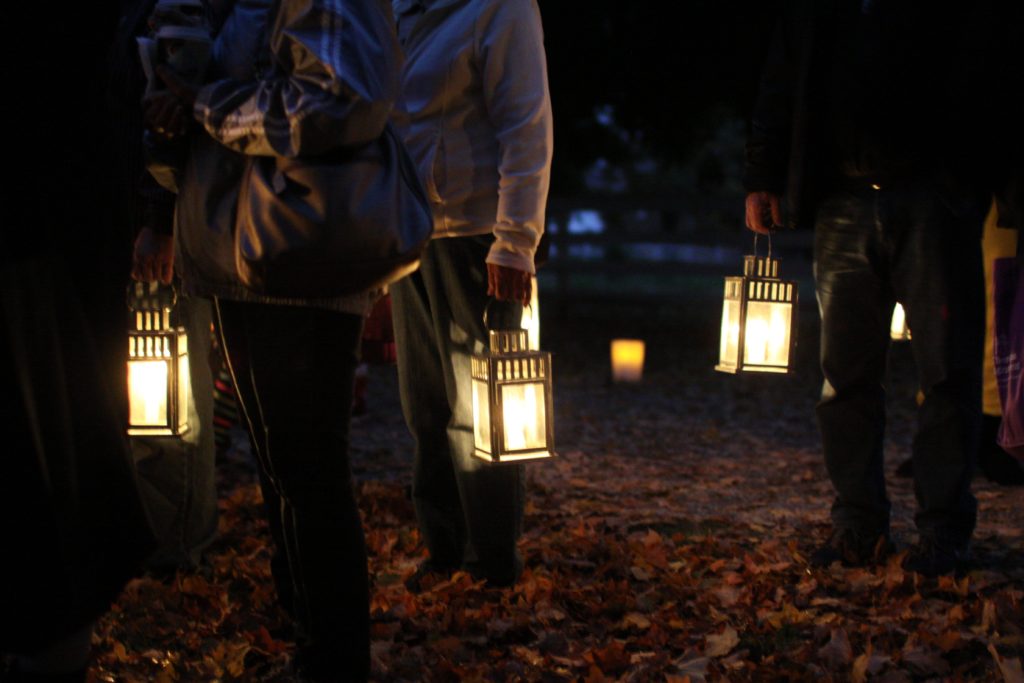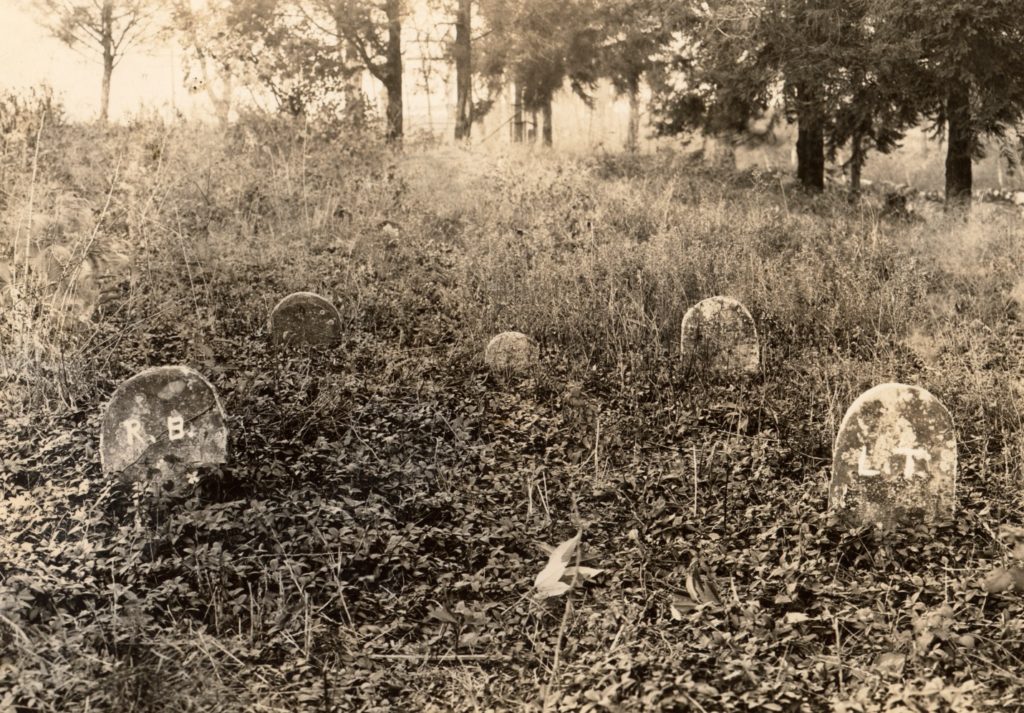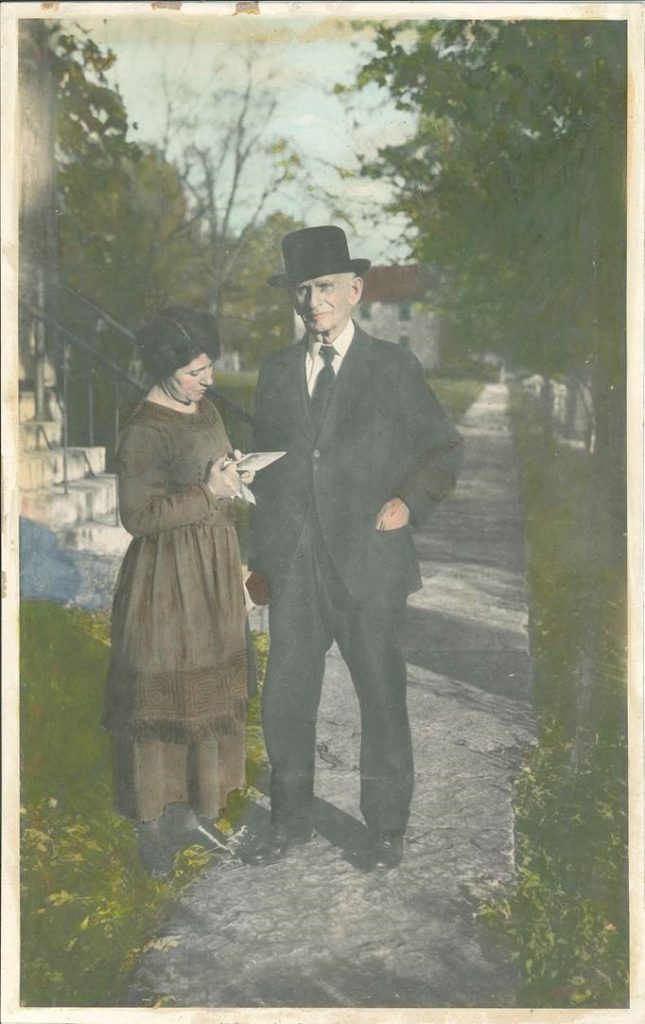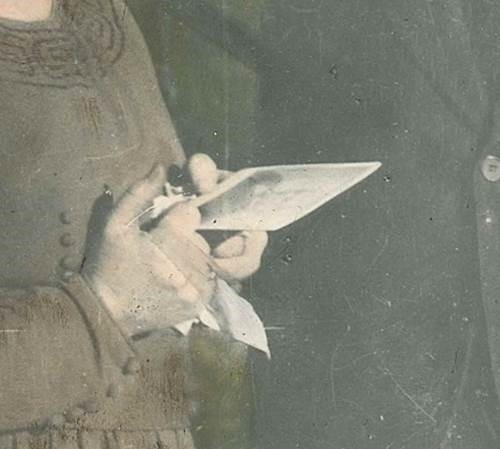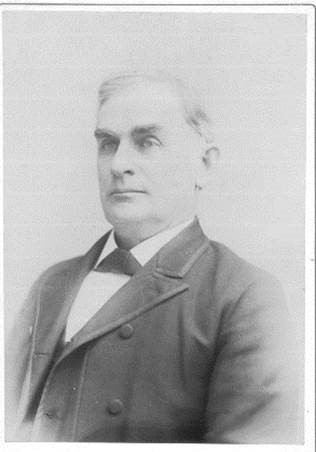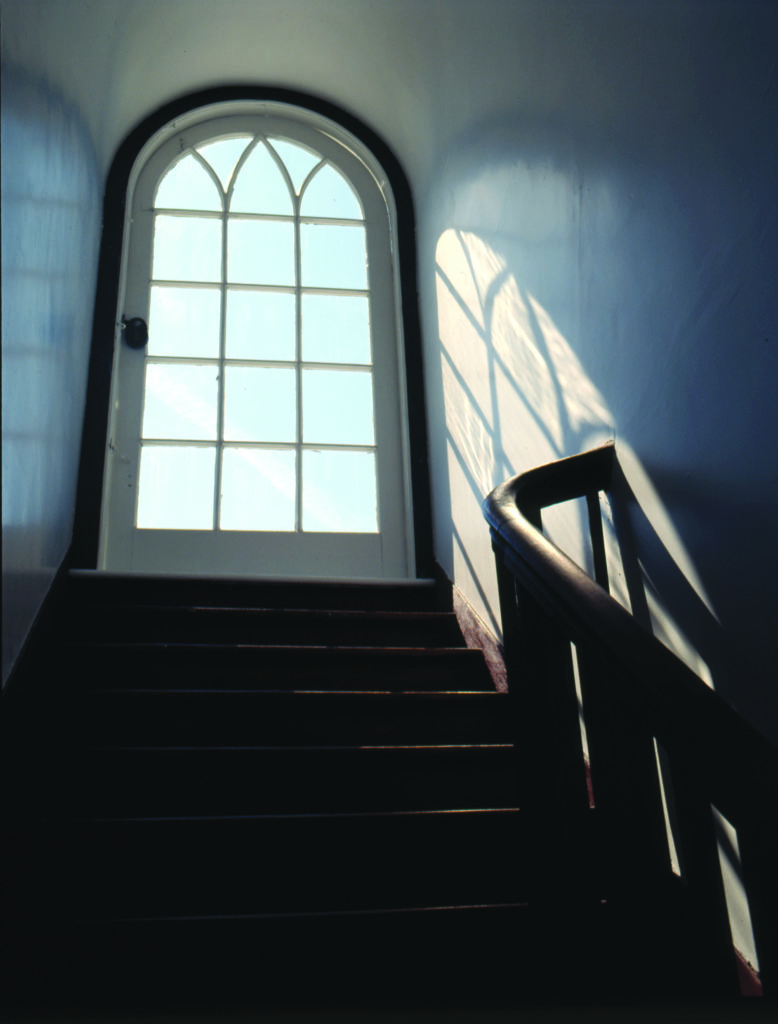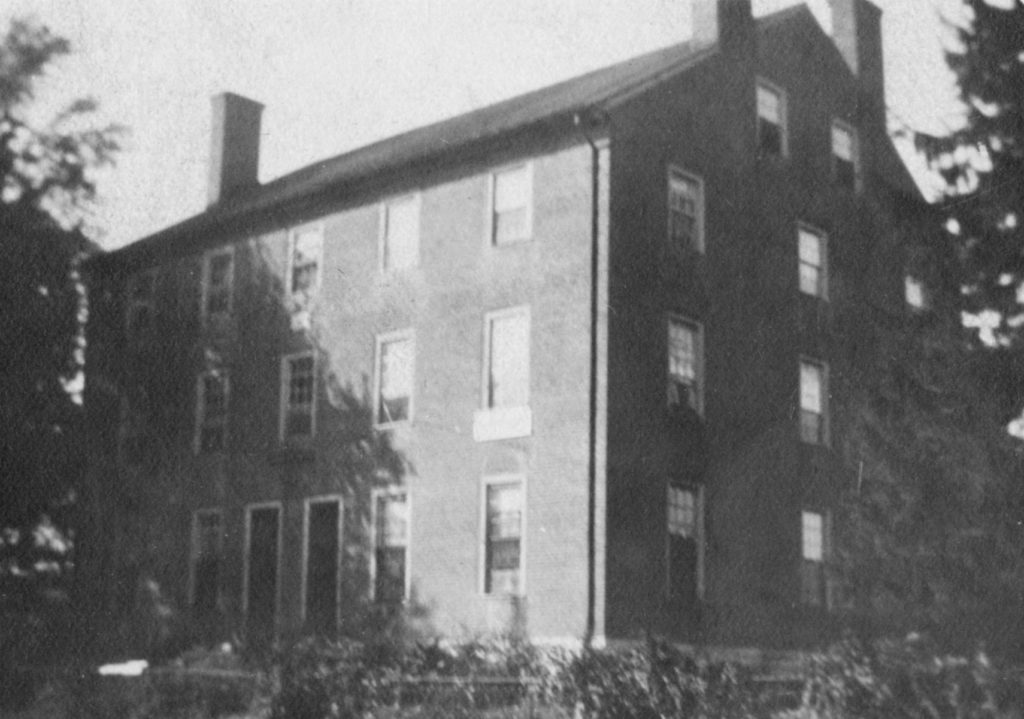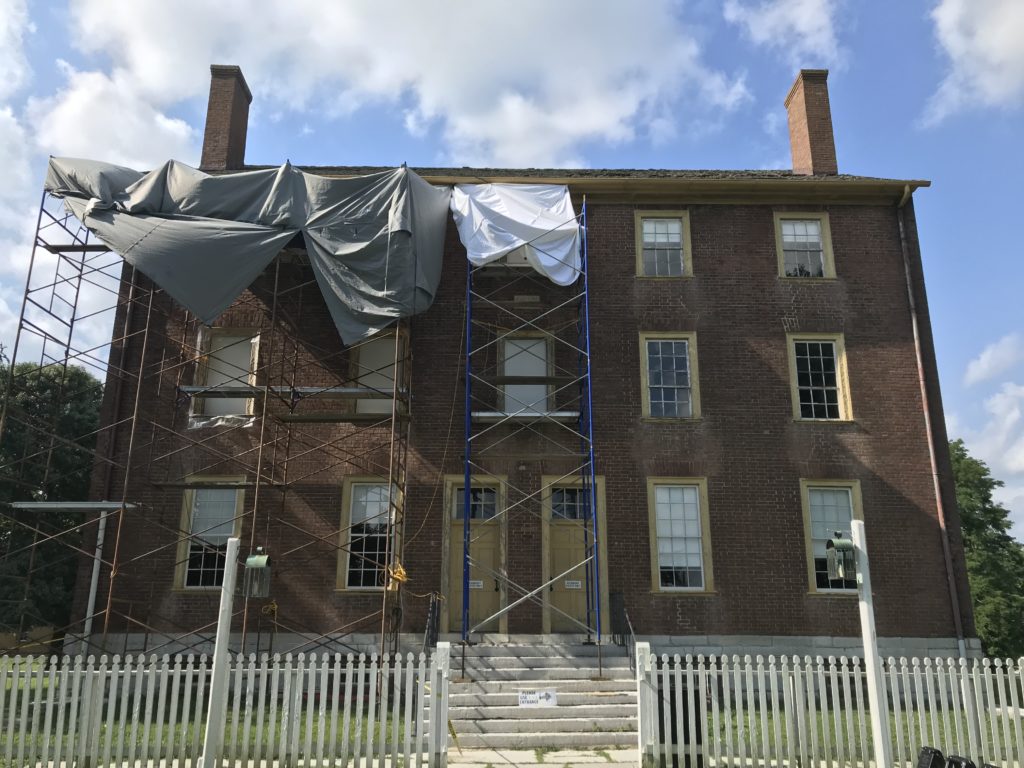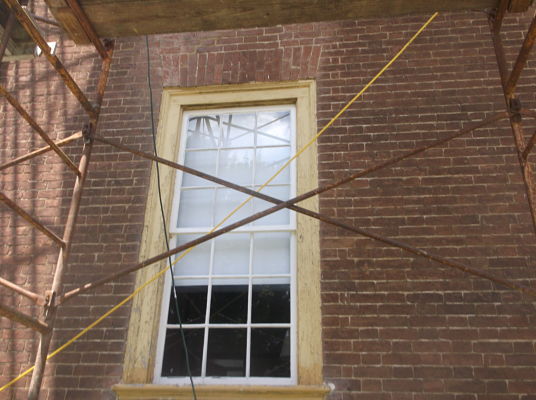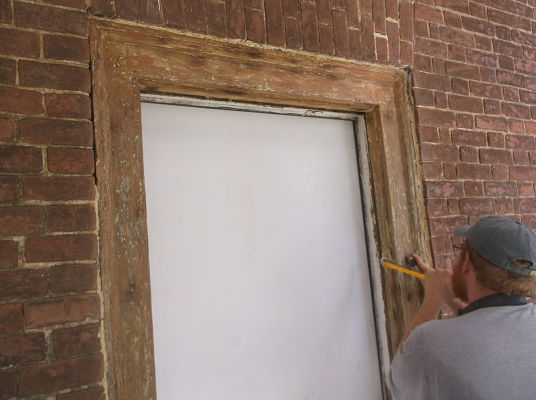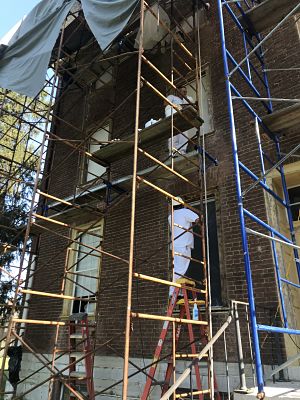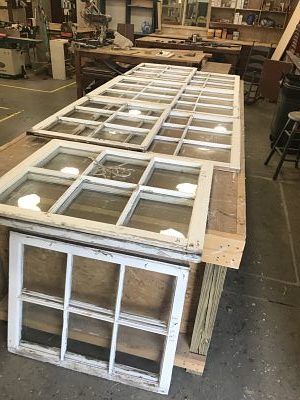Maggie McAdams, Assistant Program Manager
“[1855] Wed. January 3 Today George Curds barn took fire and burnt up, together with all the wheat, corn, oats and hay he had, all the poor man could do was to go and lay down and cry and that is all any of us could do in such a case.” (Journal of James Levi Ballance, April 1, 1854 – March 31, 1860)
The ready availability of fresh food in any season is something that most modern Americans take for granted. Strawberries in January? Of course, let’s head to the grocery! As the quote that opens this essay reveals, such comfort in food choice and food security is something that is relatively new to the human experience. For the Pleasant Hill Shakers, the necessity of preparing for the coming winter was an onerous task that hung over their heads nearly as soon as the yearly calendar turned to spring.
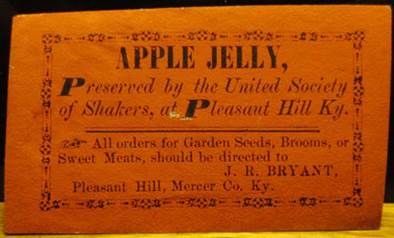
As such, food production and preservation was a year-round task for the Shakers. In order to ensure that food was available to community members, particularly during the winter months, food preservation required contributions from the whole community.
While fruit preservation took place throughout the summer months and into the fall, the fall harvest was an important time for “putting food by” for the winter.
When the Shakers preserved foods, they were prolonging their shelf life to ensure they lasted as long as possible. Some food preservation methods, like canning, required the Shakers to transform the fruits and vegetables, while others like cellaring, required certain storage conditions. All of these methods were important in ensuring the Shakers had enough food to last through the winter until the next growing season.
Although it required a great deal of effort, throughout the 19th century the Shakers became renowned for their skill in preserving food, and in many years they made a tidy profit by selling the excess that they did not need. In 1880, the Albany Evening News spoke directly to this fame: “[Shaker] applesauce and preserves are household words, which involuntarily cause the mouth to water and the mind to teem with recollections of surreptitious feeds of jam in childhood’s hungry days.” It still makes the mouth water!
Not only were the Shakers known for the quality of their preserved food, many visitors also commented on the specialty structures such as the Meat Houses, Smoke Houses, Ice Houses, and more, that the Shakers constructed at Pleasant Hill. Food preservation, it turns out, significantly influenced the built environment at Pleasant Hill in unexpected and interesting ways.
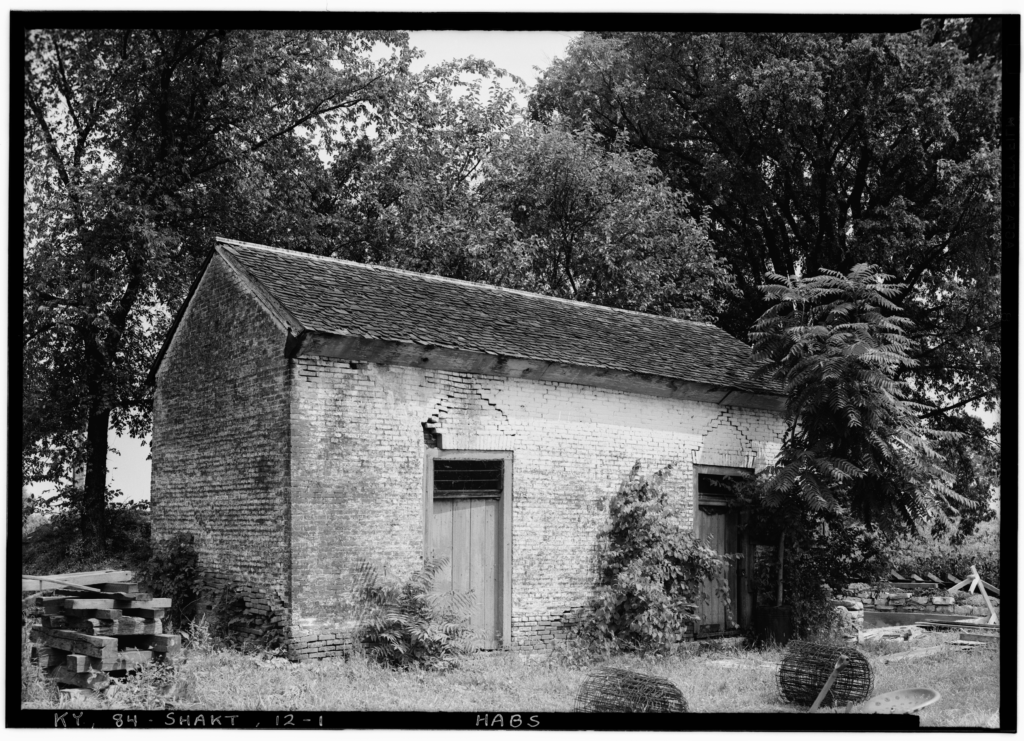
Brick smokehouses were rare, and were plagued by salt used in the curing process.
Perhaps most shockingly, some of these specialty buildings became the targets of thieves from within the community! In March of 1885, Shaker brother Henry Daily commented that he “put 2 locks on C.F. Smoke house door A.M. We have to change lock very often on this door as we have some desperate thieves living among us. They got some keys somehow or other & get in and steal meat….This is the kind of Shakers we have now days.”
Come and join us at Shaker Village this fall, as we uncover more stories of intrigue, tension and conflict involving food at Pleasant Hill! Oh, and did I mention that we are tasting apple butter? You won’t be disappointed!
Putting Food By: Preserving the Harvest is a daily program that begins at 3:30pm every day through November.
